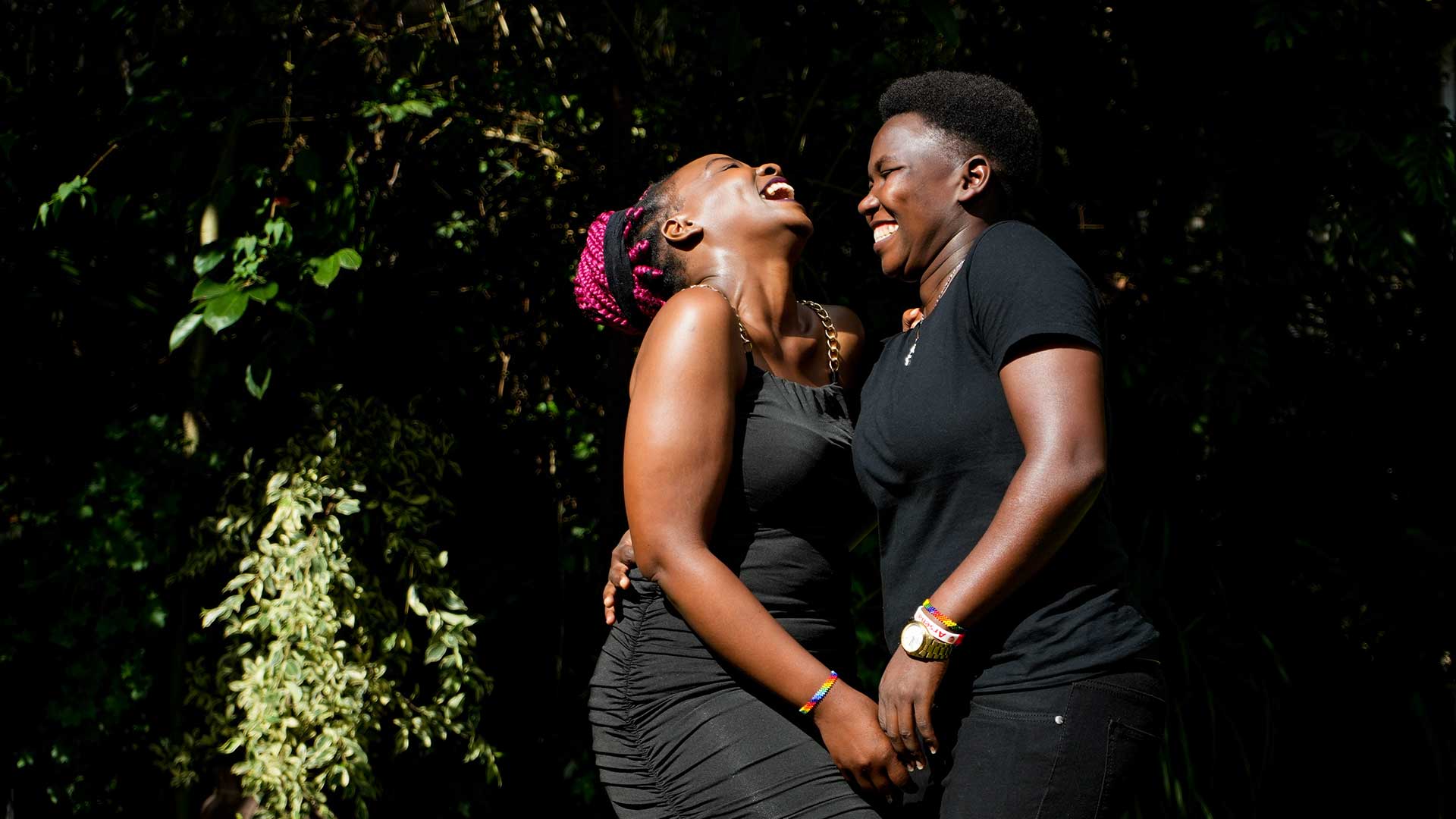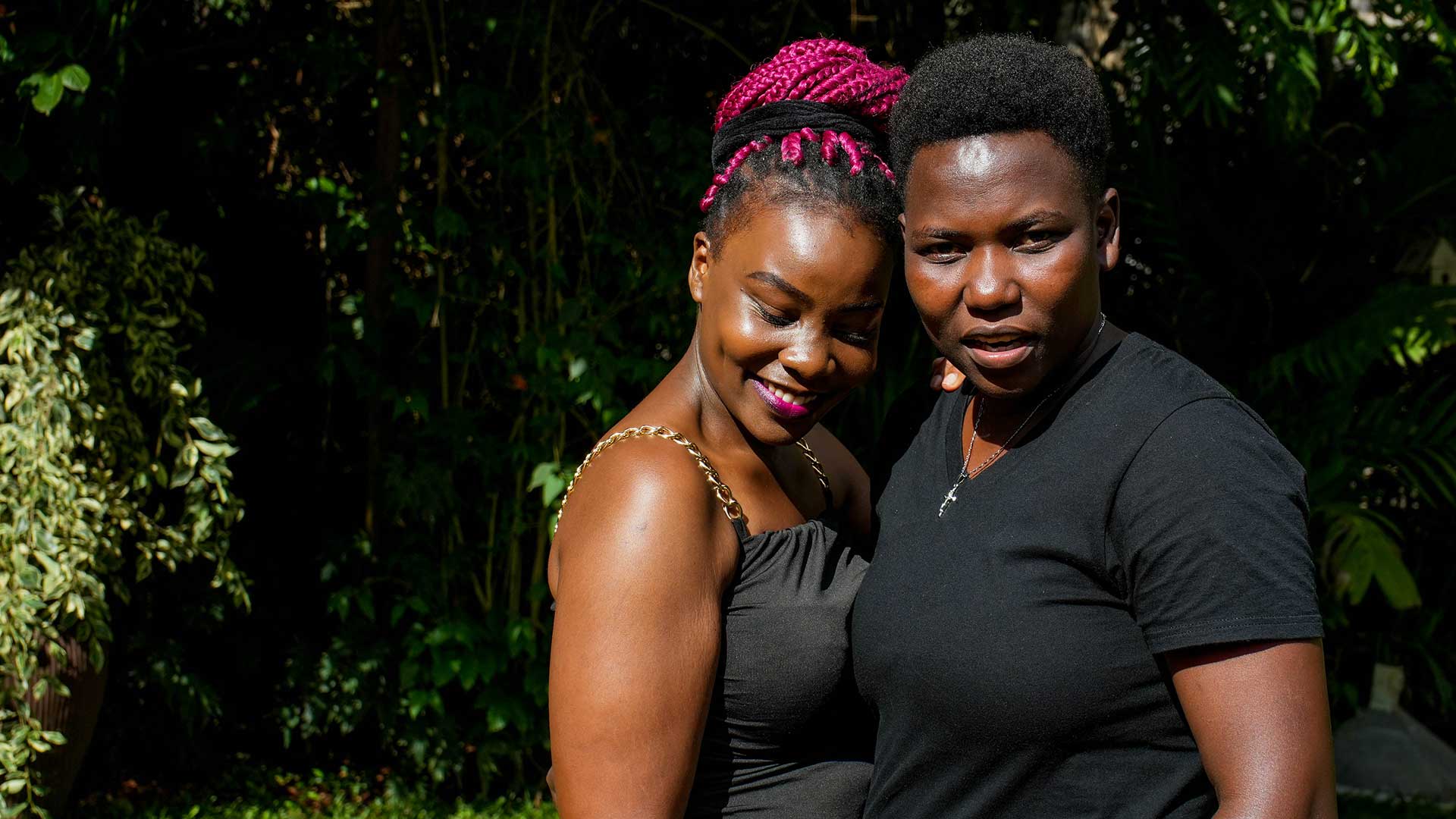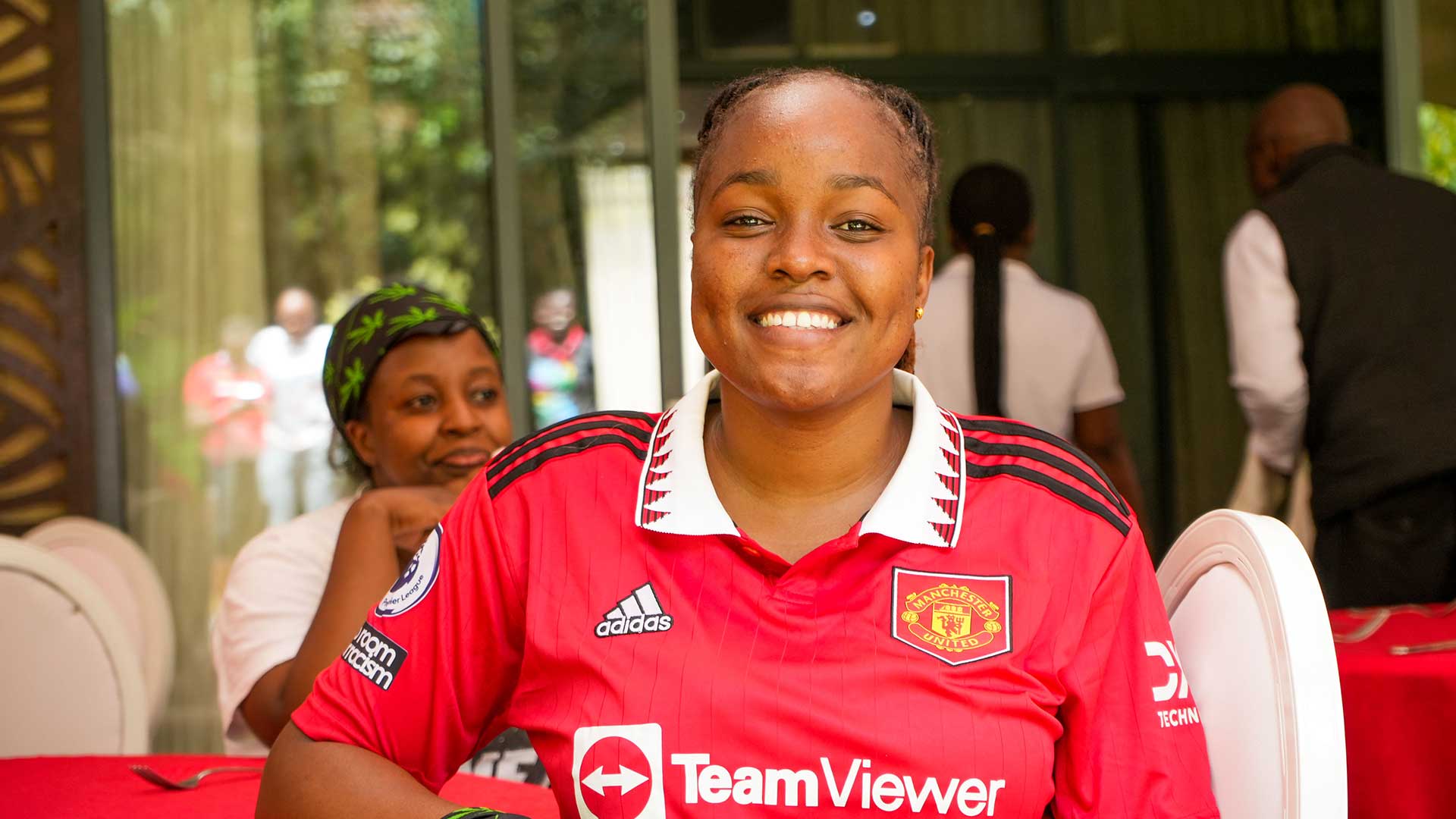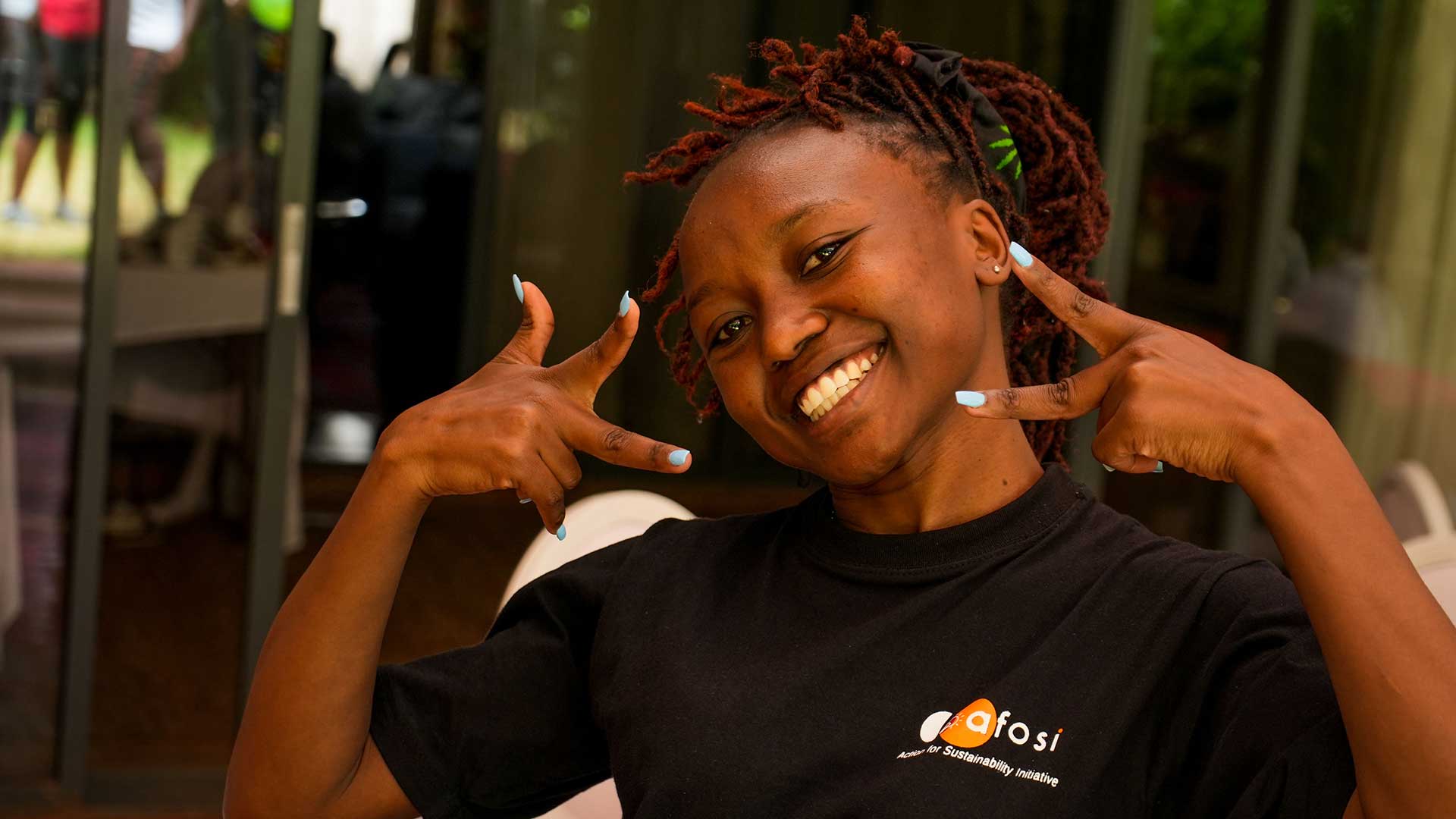Projects
What we do
The CSA programs are clustered into four main areas
The CSA programs are headed by program heads namely Reproductive Health, gender and HIV/AIDS, Social Policy, Advocacy and Networking, Research and Publications and Capacity building – Supporting Service delivery through training. Several projects are currently being implemented under this program cluster
AYPSRHR
Improving Adolescent Sexual Health in Homa Bay County
Homa Bay County faces challenges such as high rates of teenage pregnancies, unsafe abortions, and sexually transmitted infections. Limited access to basic services and high unemployment rates among youth contribute to these issues. Weaknesses in comprehensive sexuality education and reproductive health services exacerbate the situation.
BENEFICIARIES
The project targets adolescent girls and boys, as well as young women and men aged 10-24. They will receive age-appropriate comprehensive sexuality education and access to quality sexual and reproductive health services. Trained peer educators, mentors, advocates, and service providers will facilitate implementation, along with healthcare workers and community health volunteers.
PROJECT DESIGN
The project aims to advocate for the adoption and domestication of the National ASRH Policy by the Homa Bay County Department of Health. It also seeks to increase the uptake of quality sexual and reproductive health information and services. Community engagement, social accountability measures, and empowering young people are key components of the project's design.





IMPACT
The AYPSRHR project strives to improve sexual and reproductive health outcomes among adolescents and young people in Homa Bay County. By ensuring policy alignment and enhancing access to information and services, it aims to reduce teenage pregnancies and sexually transmitted infections while promoting overall well-being and contraceptive use.
SRHR and Climate Change
Empowering Communities in Kilifi County
Kilifi County, which is the county of implementation, the majority of the residents heavily rely on fishing and other available natural resources for their livelihood. This has been hit by the impacts of climate change such as extreme droughts and flooding. The project addresses the interlinkages between Sexual Reproductive Health Rights and Climate Change to enhance community resilience and promote sustainable adaptation practices.
BENEFICIARIES
The project works closely with Uyombo Beach Management Unit, Watamu Beach Management Unit and Gede Community Forest Association, located in Kilifi North sub-county, Kilifi County. By capacity strengthening these vulnerable groups, specifically the women, the project aims to increase their SRHR awareness, promote gender equality and enhance their ability to participate in climate change adaptation efforts such as the implementation of nature-based solutions.
PROJECT DESIGN
Through advocacy efforts both at the national and county level, the project works to influence the inclusion of SRHR as an adaptation and resilience strategy into the National Climate Change Action Plan and for its implementation. The project also works closely with the Directorate of Climate Change under the Department of Environment, Climate Change and Solid Waste Management at the county level, in reviewing the Climate Change policy and Act to come up with progressive legislation. In the empowerment component, the project works with the structured community groups by training them on SRHR, CC, and gender equality and for those trained to also reach their fellow group members and the community at large.





IMPACT
The SRHR and Climate Change project aims to empower vulnerable communities in Kilifi County to be more aware of climate change and its effects and to adopt sustainable practices as well as prioritising their sexual reproductive health rights and needs all with an aim of building their level of resilience.
Right Here Right Now II
Right Here Right Now II - Kenya
The program is implemented by a consortium of seven organizations that are progressive, youth-led, and focused on SRHR. It aims at ensuring adolescents and young people in all their diversity enjoy their Sexual and Reproductive Health and Rights in gender-just societies. The program addresses poor SRHR outcomes in Nairobi, Mombasa, and Kisumu counties through innovative, locally rooted, and sustainable interventions. It places a strong emphasis on the meaningful and inclusive involvement of adolescents and young people to tackle the SRHR challenges they face.
BENEFICIARIES
The primary recipients of the program are adolescents and young people aged 10-24 in Nairobi, Mombasa, and Kisumu. The program specifically focuses on empowering young people in all their diversity, including young women, sexual and gender minorities, and young people with disabilities. Key influencers, media, and CSOs working in the ASRHR movement are also identified as key actors in the program.
PROJECT DESIGN
The program's design includes several strategies to achieve the desired outcomes. These strategies involve supporting and recognizing young people as active agents of CSE, building their competencies to navigate challenges related to their sexuality, increasing access to SRHR information and education, and empowering them to voice their opinions. The program also aims to reinforce positive norms and values regarding young people's SRHR and gender justice through increased awareness and knowledge among key influencers, media, and young people themselves. Additionally, the program seeks to secure political will and capacity among decision-makers, improve accountability for SRHR policies and laws, and strengthen the CSO network for young people's SRHR and gender justice.





IMPACT
The expected impact of the program includes empowered young people who can make informed decisions about their sexuality and claim their SRH rights, the establishment of a critical mass reinforcing positive norms and values regarding young people's SRHR and gender justice, the adoption and implementation of human rights-based policies and laws by the government, and a strong CSO network focused on young people's SRHR and gender justice. These outcomes will contribute to improving the overall SRHR outcomes for young people in Nairobi, Mombasa, and Kisumu counties.
Equal Rights, Equal Access
Equal Rights, Equal Access II
The project addresses the societal norms and regressive values that lead to discrimination and denial of SRH services for LGBTIQ+ individuals in Homabay County, Kenya. It recognizes the need to overcome legal barriers and structural challenges that hinder access to justice and SRHR services. By engaging policymakers, healthcare workers, and judicial actors, the project aims to create an enabling legal and policy environment for equal access and rights without discrimination.
BENEFICIARIES
The project primarily focuses on LGBTIQ+ individuals aged 18-35 in Homabay County. They will benefit from empowerment initiatives, advocacy training, and improved access to non-discriminatory SRH services. Healthcare workers in the county will receive training to provide inclusive SRH services to LGBTIQ+ individuals, while judicial actors will be educated about the rights and challenges faced by LGBTIQ+ people. The project also aims to benefit the broader community by promoting gender transformative approaches and collaboration for advocacy.
PROJECT DESIGN
The project involves collaborative efforts between civil society organizations (CSOs), policymakers, healthcare workers, and judicial actors. CSOs like CSA and NGLHRC play a crucial role in engaging with policymakers to develop an SRHR policy that includes LGBTIQ+ needs. Technical support is provided to enhance the knowledge and understanding of policymakers and judges, ensuring they appreciate the importance of addressing LGBTIQ+ issues in SRH policies. Peer educators empower LGBTIQ+ individuals through advocacy and communication skills, enabling them to demand their rights and access relevant SRH services.





IMPACT
The project expects to achieve several outcomes. Firstly, the development of an SRHR policy specific to Homabay County that addresses the needs of LGBTIQ+ individuals. Secondly, advocacy efforts targeting both county-level policymakers and the judiciary to promote the rights of LGBTIQ+ individuals. Thirdly, empowerment of LGBTIQ+ individuals through peer educators, enabling them to demand their rights, identify their SRHR needs, and access non-discriminatory SRH services. Lastly, organizational development of implementing organizations through assessments and capacity-strengthening activities.
We’re here to give every adolescent the best care and support they need
SHE SOARS
Sexual and Reproductive Health and Economic Empowerment Supporting Out-of-School Adolescent Girls’ Rights and Skills.
The SHE SOARS project is a seven-year program implemented by CARE in partnership with the Center for Reproductive Rights, Youth Coalition for Sexual and Reproductive Rights, and Restless Development. Out-of-school adolescent girls face significant challenges related to sexual and reproductive health and rights (SRHR) outcomes. Factors such as gender inequality, child, early, and forced marriage (CEFM), pregnancy, poverty, and the impact of COVID-19 contribute to their marginalisation and vulnerability. The closure of schools has further exacerbated issues, including increased adolescent pregnancies and limited access to SRHR services. Policy gaps, including the criminalization of consensual sexual conduct among adolescents, hinder adolescent access to SRHR services across the three countries.
BENEFICIARIES
The SHE SOARS project directly benefits out-of-school adolescent girls between the ages of 10 and 19 in Kenya, Uganda, and Zambia. It also aims to create a supportive environment for girls through engagement with families, communities, and national laws and policies.
PROJECT DESIGN
SHE SOARS utilizes a theory of change that focuses on improving the awareness, knowledge, and agency of young people, challenging discriminatory social norms, and transforming power relations. The project targets out-of-school girls, their families, communities, and national laws and policies to address barriers to SRHR services and opportunities. It integrates a holistic package of interventions, including advocacy, comprehensive sexuality education, family planning, and abortion, co-designed with adolescent girls and boys.





IMPACT
The project aims to bring about gender transformative and sustainable change by improving the accessibility, availability, affordability, and quality of SRH services for out-of-school adolescent girls. It seeks to prevent future dropouts and support girls in returning to school, while also increasing their access to livelihood opportunities and decision-making. By addressing neglected SRHR topics and engaging the public through a youth-led Public Engagement initiative, SHE SOARS aims to raise awareness and understanding of SRHR issues. Ultimately, the project aims to empower adolescent girls to exercise their rights, improve their health, complete their education, and positively impact future generations.
CSE in Kenya
Advancing Comprehensive Sexuality Education for Youth
Comprehensive Sexuality Education is crucial for promoting universal access to SRHR and advancing gender equality.The provision of SRHR information and services, especially among adolescents and young people in Kenya has been challenging due to socio-cultural and religious beliefs, values, and attitudes. These barriers have hindered the delivery of CSE and restricted access to SRHR information and services for adolescents and young people.
BENEFICIARIES
The project targets young people in Kenya, specifically in Nairobi, Kiambu, Mombasa and Kisumu counties. It aims to empower them with age-appropriate knowledge, skills, attitudes and values that enable them to make informed decisions about their sexual and reproductive health and rights.
PROJECT DESIGN
The project utilizes sustained relationships and engagement with various stakeholders including religious leaders, policymakers, civil society organizations and young people. It involves advocacy efforts through policy engagement, collaboration with key government ministries/ agencies and media campaigns on SRHR. The project seeks to challenge negative public narratives surrounding CSE and SRHR, promote meaningful and inclusive youth participation and address the specific needs of adolescents and young people through progressive policies and plans.





IMPACT
The Repositioning CSE in Kenya project strives to create a positive impact by advocating for the right to CSE and comprehensive SRHR for all young people. Through sustained engagement with stakeholders, it aims to overcome socio-cultural and religious barriers and improve access to accurate and comprehensive information. By empowering young people with knowledge and skills on SRHR, the project contributes to the protection and fulfilment of their rights, ultimately advancing gender equality and universal access to SRHR in Kenya.
SELF HELP GROUP APPROACH
Strengthening women-led community structures for poverty reduction in Matungu Sub County Kakamega County
The SHG Approach is an innovative concept that has been tried and tested to be a self-sustaining and cost-effective model. It is also a self-empowering model that facilitates both personal and community socio-economic and developmental growth. The Self-Help Groups are formed in the Khalaba ward targeting the poorest and marginalised women in the community with very low social and economic status. The formation and strengthening process encompasses the application of PRA methods that ensure the right target group is reached and sustained. That is done through the SHGA laid down procedures to actualize this.
BENEFICIARIES
The project targets to work with 2720 women in 160 SHGs in Khalaba ward in order to have improved the socio-economic status and well-being of their families and children.Enhanced capacities of women on the SHG concept and ensuring that they become part of the general community stakeholder will contribute to poverty reduction when it comes to socio-economic and developmental agenda in the ward.Capacitation of SHGs to address child violations within the area will increase reporting of violation cases among children.They will be sensitised about the rights of the children and how to support them by linking them to relevant government services including skills-building opportunities. From the 2720 households of SHG members, it is estimated that 10,880 (with approximately 4 children per household) children will benefit from the programme. Children will be targeted to form the children groups in the area with the strong CLAs.Other strong CLAs will initiate community-based training for young people who dropped out of school and who will be supported to develop skills to increase their access to jobs in the market.
PROJECT DESIGN
This project is anchored around creating Peoples Institutions (SHGs, CLAs and the federation) which are locally originated, rooted and community owned. Capacity building of the PIs and the CFs will ensure long term local resource persons for self sustainability. With the SHG approach, they generate local resources to address poverty which is a concept geared towards building skills and capacities of individuals to know how to fish rather than being given fish (relying on handouts). The formation and training of the groups will enable them to acquire skills and knowledge over time to help them move towards self-reliance through establishment of profitable businesses and social development





IMPACT
The project aims at contributing to the reduction of poverty level in Kakamega County through the establishment of strong and sustainable Peoples Institution leading to increased social, economic and political empowerment of poor women and strengthened CLAs promoting child participation and protection with enhanced youth out of school livelihood through community-based training
WE LEAD-Kenya
Strengthening women-led community structures for poverty reduction in Matungu Sub County Kakamega County
With Funding from HIVOS We Lead program is implemented by 12 organisations in Kenya; with CSA as the Host Organisation. Within the 11 Organisations are 3 direct grantee organisations that support the Community of Action (CoA) organisations on national level advocacy for three different pathways.
BENEFICIARIES
Young women with Disability, Young Women Living with HIV, Young Women of Concern & Young Women Who identify as LGBTQ (Rightholders)
PROJECT DESIGN
We Lead deliberately seeks to gradually shift the power into the hands of the holders of rights, and enable them to lobby and advocate for their SRH-R themselves effectively. This is what makes us lead the consortium and the programme uniquely; We Lead brings the principles of local ownership, gender equality and inclusion, and youth leadership into practice. We Lead brings young women from the four rightsholder groups together in inspiring national-level Communities of Action (CoAs), and empower them to build a movement. Within the We Lead overarching Theory of Change, the CoA members decide on objectives, strategies and activities to make duty-bearers listen and improve their SRH-R. Hivos funds CoAs lobby and advocacy plans through a participatory grant-making mechanism. Additionally, CoA members in We Lead’s steering committee.





IMPACT
By the end of 2025, resilient young women with disabilities, living with HIV, affected by displacement and identifying as LBTI, play a leading role in strengthened and inclusive organisations and movements that enjoy increased public support and have convinced duty-bearers and health-service providers to take steps towards implementing laws, policies and practices that respect and protect these young women’s SRH-R.
